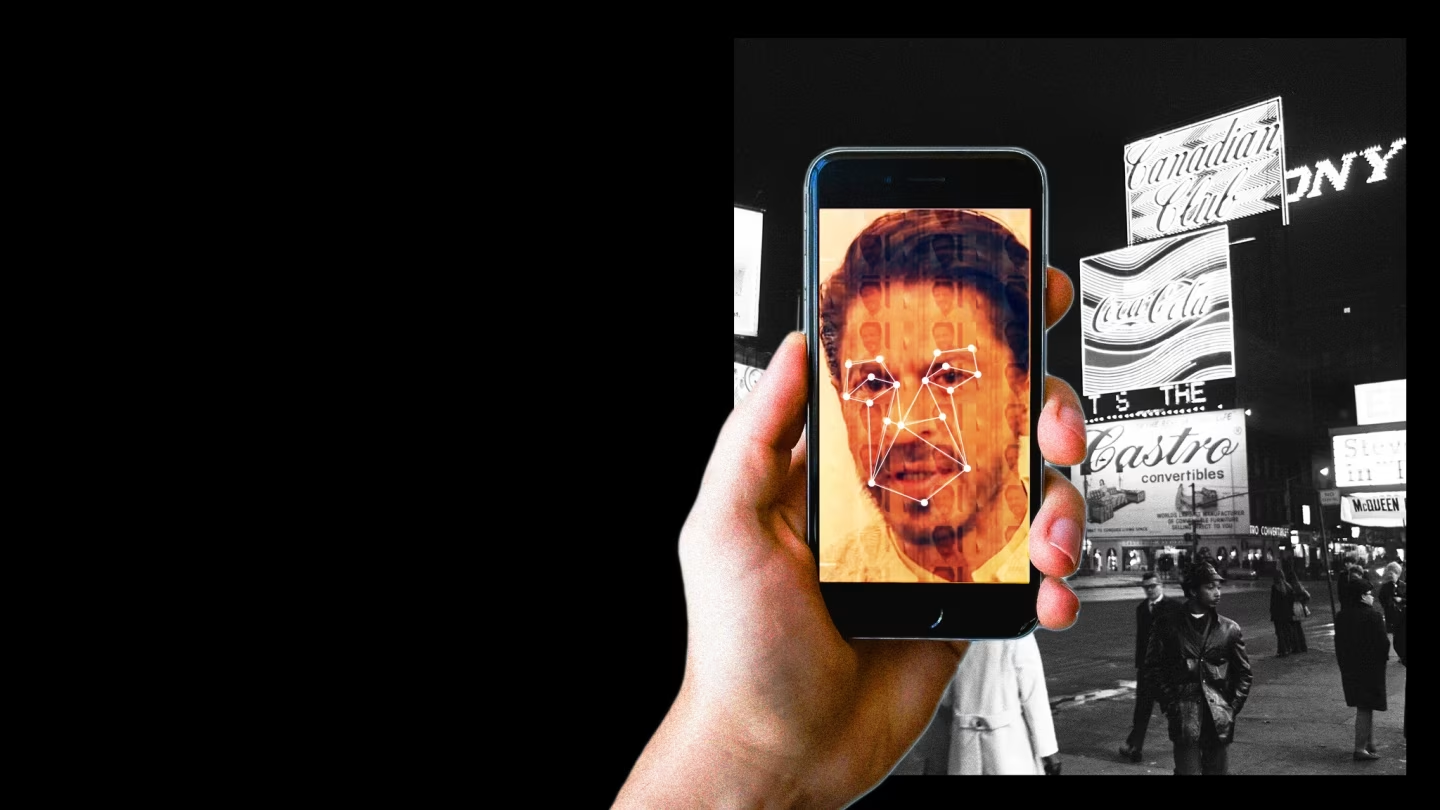Human culture revolves around visual content. Images have been used to tell stories about lives and experiences. Art galleries, theaters, parks, and museums visually present stories of lives. Nowadays, digital media is a form of sharing visual content. Political campaigns circulate their message through posters, newspaper advertisements, and digital media platforms. Political parties invest vast amounts of money in political campaigns.
Amateur activists have adeptly utilized visual communication to amplify their messages. Campaigns such as #BlackLivesMatter and #MeToo have effectively employed images that symbolize solidarity and collective action. These campaigns demonstrate how social media’s capacity for co-creating compelling visual narratives enables novel forms of public political expression. Different types of content can provoke varying emotional reactions. Protest movements face the challenge of establishing a consistent, interconnected theme.
In recent years, AI-driven visual political communication has grown in significance. It plays a crucial role in the politics of illusion. Visuals are now central to contemporary politics. They possess the power to evoke emotions and encourage engagement. AI is applied chiefly to creating visual content for political campaigns that the voters can resonate with. AI is changing the environment for political campaigns through visual content. We will discuss in detail how political parties can use AI tools such as ChatGPT and Adobe Firefly to create elements for political campaigns. Additionally, they can use AI to analyze datasets to gain insights.
Visual Content Creation for Political Campaigns
Generative AI can create visual content for political campaigns. They can provide slogans, catchy headlines, emotional messages, and images for the campaigns. Posters and billboards are widely used in multiple parts of the world to spread political awareness. These posters include messages for the people to convince them to support them. It is a challenging job since many political parties compete with one another. The parties focus on providing value to the voters. They use creative and innovative ways to influence the general public.
Also, visual content is generated for the masses with diverse backgrounds. It must be appealing, creative, and convincing. The campaign marketers consider all visual content elements, including images, typography, message, party guidelines, color scheme, and text content.
AI text-based content generators create highly engaging content for the campaigns. For example, with a single prompt, ChatGPT can create unlimited headlines. Marketers can ask the tools to write compelling text for the voters. Image generators can give high-quality images for posters. AI can analyze previous successful campaigns and copy the style. AI transfer style from an image to a poster image. Their AI tool can generate variations of the same image within seconds. In this way, marketers can save time and money using AI tools.
Targeting Specific Audiences
From a campaign perspective, AI’s ability to analyze data about target audiences and create engaging messages tailored to their interests holds excellent promise for micro-targeting. Free AI tools such as OpenAI’s ChatGPT, Microsoft’s Bing, and Google’s Bard can do this on a large scale. They help fine-tune the messaging of various groups of voters and their subsets. The tools make adjustments hundreds if not thousands of times a day.
Messages about the sympathy of various voters and voters discussing political campaigns, such as voters in a democratic system or rural people in the countryside for their children. Major platforms like Meta and Google have introduced AI-powered tools for advertisers to make personalized ad message delivery more accessible and more efficient.
Empowering Less-Resourced Campaigns
AI is especially useful for political campaigns with limited financial resources. High-quality campaigns with adequate funding often afford large digital teams to provide significant targeted advertising. Historically, smaller, less well-funded campaigns have struggled to compete in this arena. The current AI landscape has many affordable and easy-to-use tools available. They do not require prior knowledge of coding or machine learning, which changes those dynamics. Low-cost campaign teams may have served this purpose.
Improving Ad Effectiveness
AI proficiency in handling messages can improve the effectiveness of ads in engaging audiences. Recent academic studies have questioned the effectiveness of political campaigns. According to the study, to persuade voters to support specific candidates or projects, most digital campaign efforts focus on mobilizing supporters to take action.
Artificial intelligence is changing how visual content for political campaigns is created. However, it has also led to insecurities and misguided campaigns. People are especially worried about deepfake AI involvement in political campaigns. Humans must keep an eye on biased information generated by AI. It must be carefully used and aware of everything.







